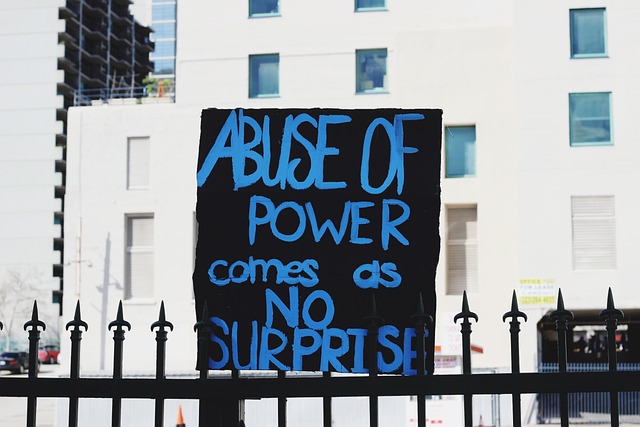Sexual abuse within church communities, particularly in Kentucky, is a significant and urgent issue exacerbated by close-knit environments and authority structures. This problem impacts individuals across all ages and genders, causing long-term mental health issues. In Kentucky, legal frameworks and church policies aim to hold leaders accountable, but substantial hurdles include victim fear, community shaming, and lack of tailored legal guidelines. To prevent abuse, strategies such as robust reporting mechanisms, clear policy handling, leader training, and accountability culture are essential for creating safe church environments.
In Kentucky, as across the nation, the issue of sexual abuse within church communities has gained urgent attention. This article explores the complex dynamics surrounding accountability for such heinous acts, focusing specifically on holding church leaders responsible. We analyze the current legal landscapes and organizational policies in the state, identify challenges and barriers to justice, and propose strategies to enhance transparency and prevention measures, emphasizing the need for a robust and supportive church environment.
The Scope of Sexual Abuse within Church Communities in Kentucky
Sexual abuse within church communities is a pervasive issue that demands attention, especially in Kentucky. Studies show that churches, with their close-knit environments and positions of authority, have often been hotspots for such misconduct. The scope of this problem is vast, impacting individuals across various age groups and genders, and has significant long-term effects on victims’ mental health and overall well-being.
In Kentucky, as in many parts of the country, church leaders have exploited their positions to engage in abusive behavior, creating a toxic environment. This includes instances of physical, emotional, and sexual abuse, sometimes extending beyond direct victimization to indirect harm through the cover-up or failure to report such incidents. The impact resonates deeply within the community, eroding trust in spiritual leadership and fostering a culture of silence that must be broken to ensure safety and healing for all members.
Legal Frameworks and Existing Policies for Accountability
In Kentucky, holding church leaders accountable for sexual abuse within their ranks is facilitated by a robust legal framework designed to protect victims and ensure justice. The state’s laws on sexual misconduct and civil rights provide a solid foundation for pursuing legal action against clergy members and institutions that fail to prevent or address such abuses. Key statutes include those addressing criminal sexual assault, negligence, and civil rights violations, which can be leveraged to hold churches and their leaders legally accountable.
Existing policies within the church itself play a crucial role in this accountability process. Many denominations have adopted specific guidelines and procedures for handling allegations of sexual abuse by clergy. These policies often involve internal investigations, disciplinary actions, and support services for victims. However, the effectiveness of these measures depends on their strict adherence and enforcement, which can be challenging given the sensitive nature of the issues and potential cultural barriers within religious communities.
Challenges and Barriers to Holding Church Leaders Accountable
Holding church leaders accountable for sexual abuse in Kentucky faces significant challenges and barriers. One of the primary obstacles is the culture of trust and authority that often exists within religious communities. Victims may hesitate to come forward due to fear of retaliation, shaming, or loss of community support. The close-knit nature of many churches makes it easier for abusers to maintain their positions of power, as rumors or accusations can quickly be dismissed as slander.
Another significant barrier is the lack of clear legal and policy frameworks specifically tailored to address sexual abuse within religious organizations. While general laws against sexual assault apply, these may not adequately cover the complex dynamics of church leadership and the potential for institutional cover-ups. Moreover, religious freedom laws can sometimes be interpreted as protecting leaders from external scrutiny, further complicating efforts to hold them accountable.
Strategies for Enhancing Transparency and Prevention Measures
To enhance transparency and prevent sexual abuse within the church, several strategies can be implemented. Firstly, establishing robust reporting mechanisms is crucial. This includes setting up anonymous, easily accessible channels where victims feel safe to come forward without fear of retribution. Additionally, clear policies and protocols should be in place for handling complaints, ensuring every report is promptly and impartially investigated.
Regular training sessions for church leaders on recognizing and responding to abuse are essential. These programs can equip them with the knowledge to identify suspicious behaviors and provide appropriate support to victims. Furthermore, promoting a culture of accountability involves holding regular meetings where leaders discuss transparency initiatives, share best practices, and openly address challenges faced in maintaining safe environments.





